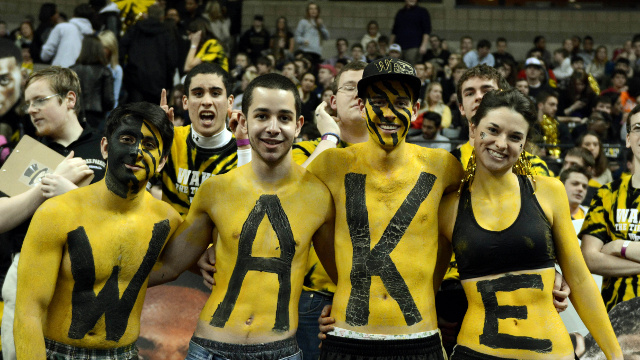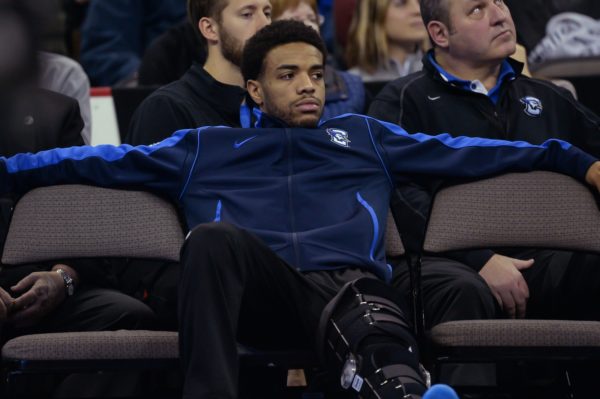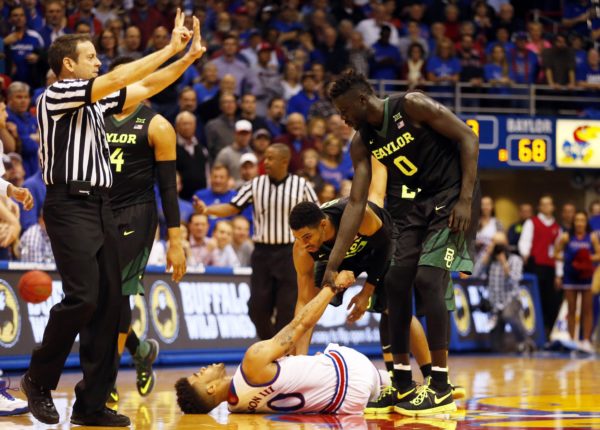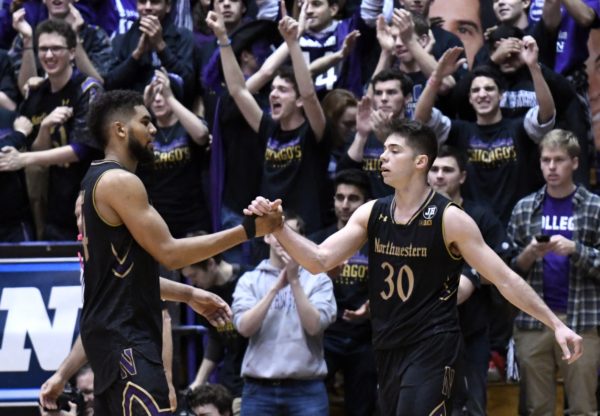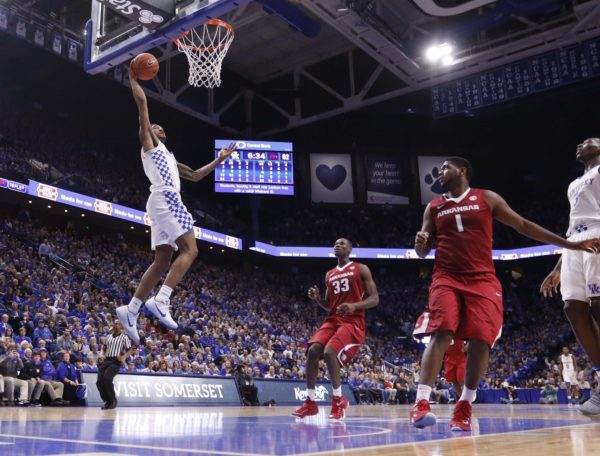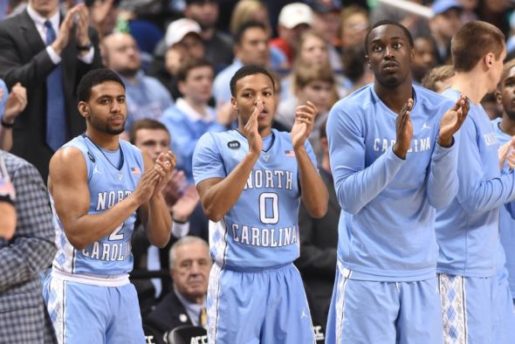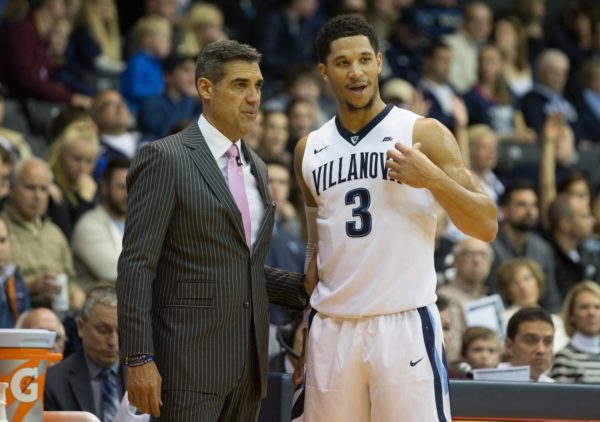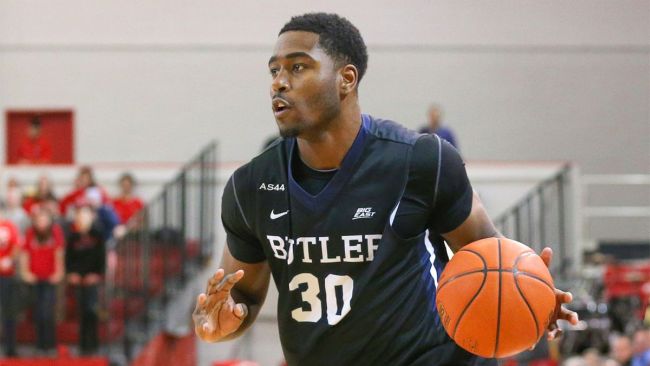Finding a Path For Four Teams on the Wrong Side of the Bubble
Posted by Shane McNichol on February 17th, 2017The end of the regular season is creeping up on us. With just a little more than three weeks remaining until Selection Sunday, teams around the country are prepping for their final stretch of conference games. For schools sitting precariously on the bubble, chances to grab signature wins are dwindling. For teams on the outside looking in, the home stretch represents a do-or-die opportunity to make an at-large bid a reality. The four teams we examine today all have pathways to March Madness ahead of them, but nothing will come easy and their odds are diminishing daily.
Wake Forest
The Demon Deacons are 6-8 in ACC play but a losing conference record won’t be quite as damaging this season thanks to a soft mid-major bubble. Still, even if Wake manages to get to 8-10, some conference losing records will be viewed much better than others. The biggest issue for Danny Manning’s team is that it has yet to beat any top-tier ACC squads this season. The Deacs have a favorable RPI at #36, but close losses against Duke and Notre Dame simply aren’t enough. With four games remaining, Wake Forest must top Pittsburgh and Virginia Tech to remain on the bubble, but to truly make some waves, the Deacs need a win at Duke or against Louisville. Stealing either of those games would result in a 9-9 ACC record and a legitimate, perhaps even likely, chance at an at-large bid. Read the rest of this entry »





























